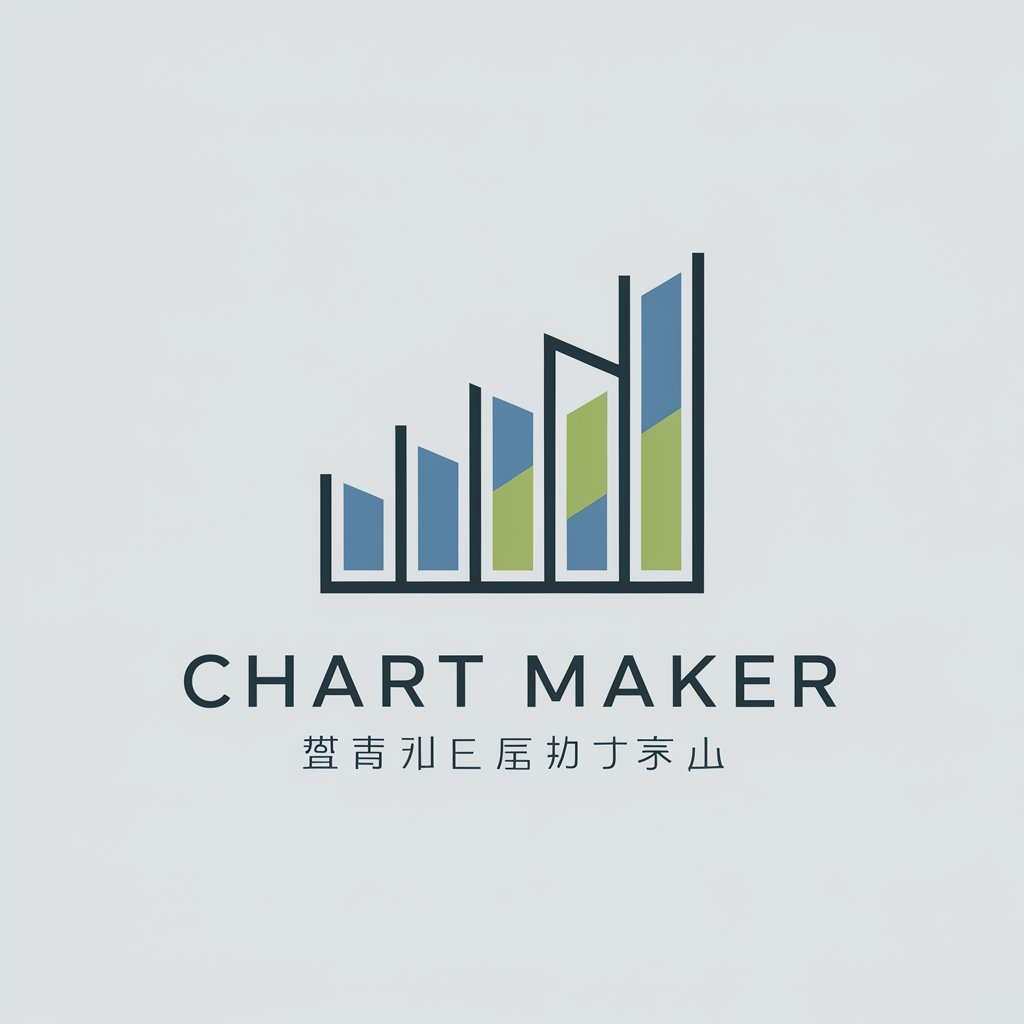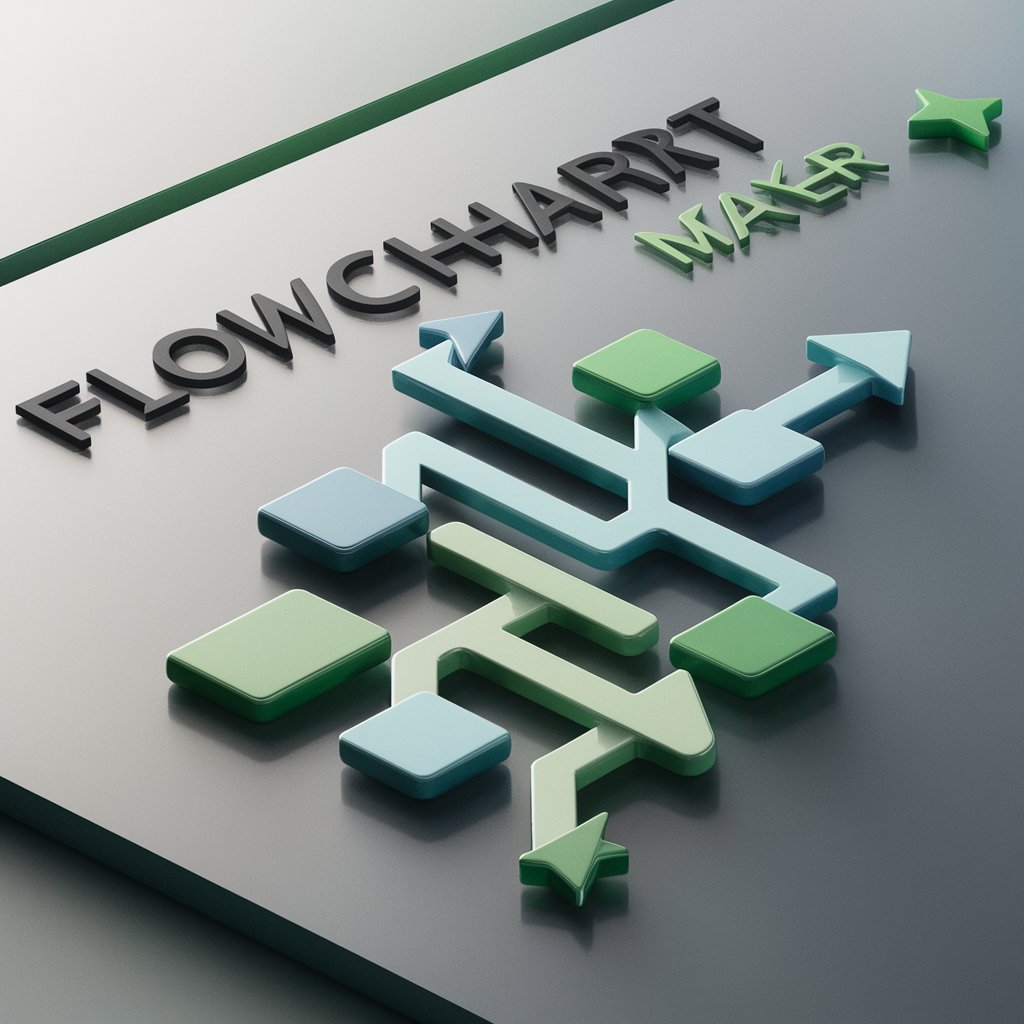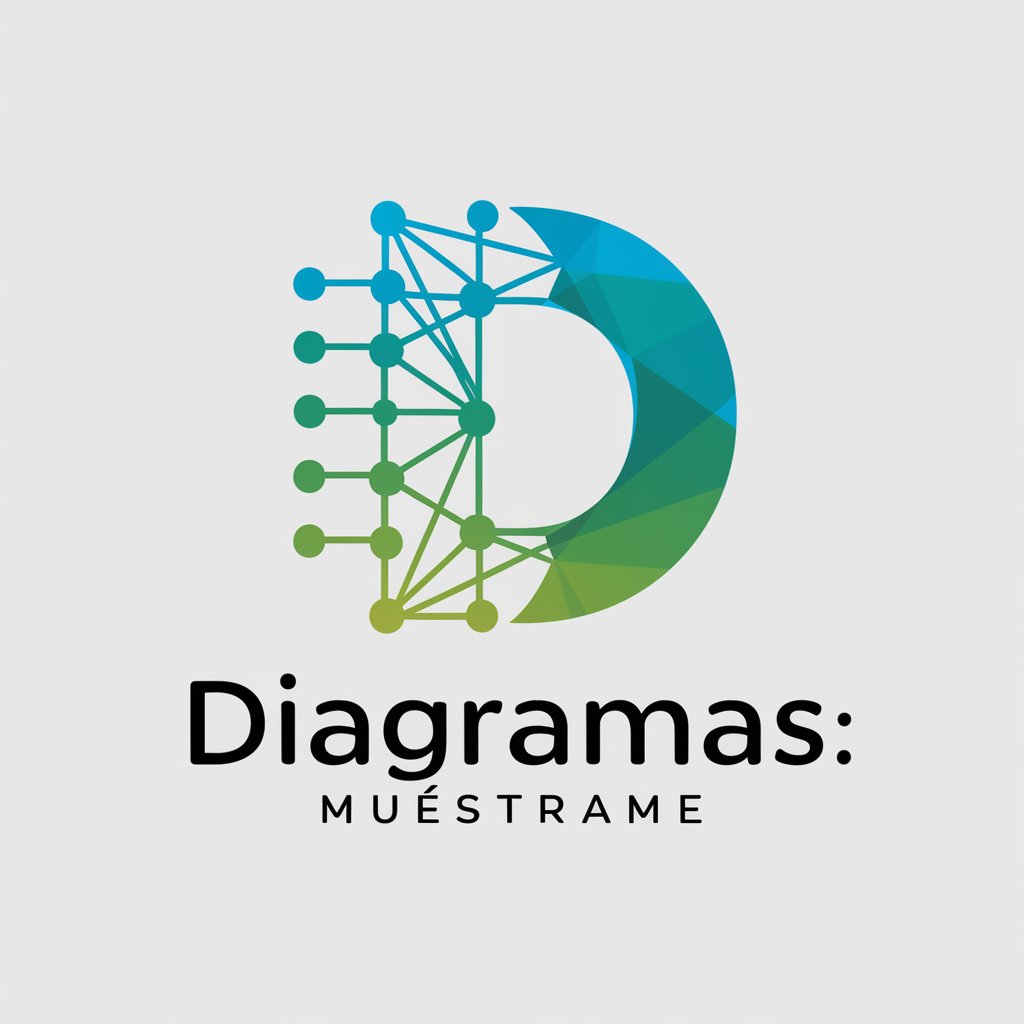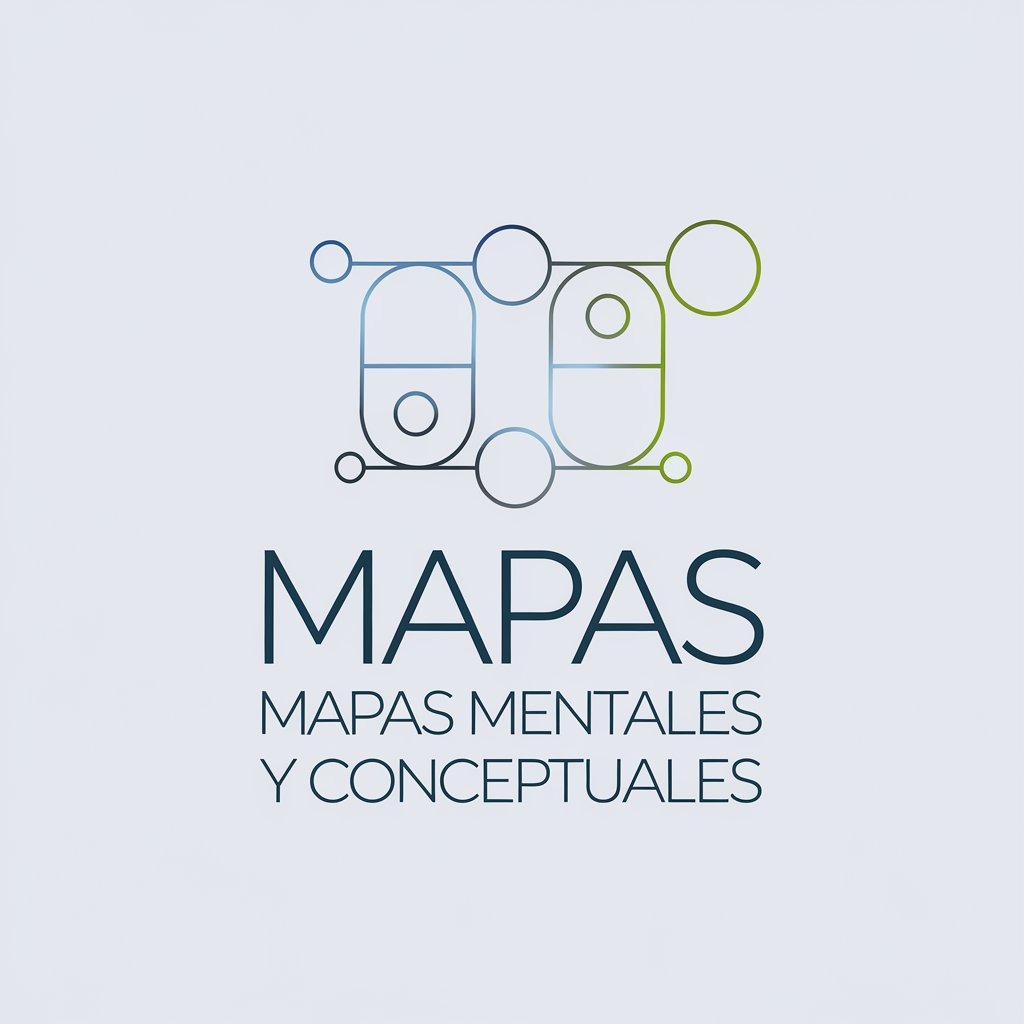
Flowchart | Diagrama de flujo | خريطة تدفق | 流程图-AI-powered flowchart creation tool.
AI-powered flowcharting for streamlined processes.
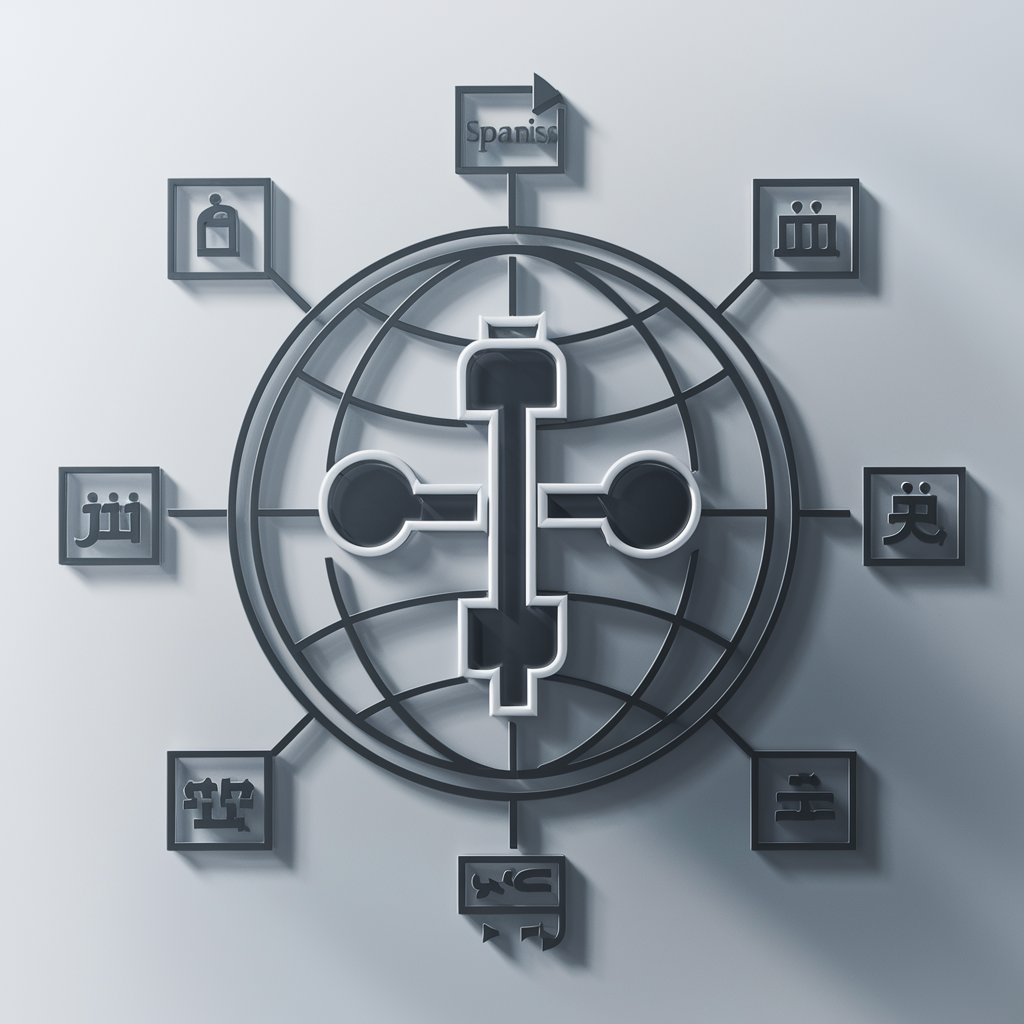
Auto flowchart your code and text | Automatizar el diagrama de flujo de tu código y texto" en español | قم بإنشاء مخطط تدفق تلقائي للكود والنص الخاص بك
Click this button to start
Haz clic en este botón para comenzar
انقر على هذا الزر للبدء
点这个按钮开始
Get Embed Code
A flowchart, or 'Diagrama de flujo' in Spanish, 'خريطة تدفق' in Arabic, and '流程图' in Chinese, is a diagrammatic representation used to visualize processes, systems, or workflows. Flowcharts consist of various shapes like rectangles (processes), diamonds (decisions), ovals (start/end points), and arrows (connections), which help illustrate the sequence of steps in a system. The main purpose of flowcharts is to simplify the understanding of complex processes by visually mapping them out. This helps users understand the flow of operations and identify bottlenecks or inefficiencies in a system. For example, in a business setting, a flowchart might be used to describe a customer order process: from receiving an order (start), to processing payment, packaging the product, and finally shipping it (end). The flowchart will guide users through each step, showing possible decision points (e.g., payment verification) and outputs.
Main Functions of Flowcharts
Visualize Processes
Example
Scenario
A flowchart could show the process of a user trying to log into a system: First, it checks if the username is valid (yes/no decision). If yes, it checks if the password is correct (yes/no decision). Based on these conditions, the user is either granted access or asked to try again.
Identify Bottlenecks and Inefficiencies
Example
In a manufacturing process, a flowchart can reveal stages where delays occur, such as in the assembly or quality check phases.
Scenario
A flowchart of a car production line may highlight an unnecessary delay in quality inspection. By visualizing this, managers can identify that extra time is spent on manual checks and may switch to automated scanning to increase efficiency.
Facilitate Communication and Collaboration
Example
In project management, flowcharts help communicate the project lifecycle clearly to all stakeholders.
Scenario
A flowchart might show the sequence of tasks involved in launching a new product, from ideation, through design, manufacturing, marketing, and final product release. By laying out the steps visually, it ensures that everyone in the team understands the timeline and responsibilities.
Ideal Users of Flowcharts
Business Analysts
Business analysts benefit greatly from using flowcharts to model processes, identify inefficiencies, and propose improvements. They rely on flowcharts to provide clear visual documentation for stakeholders, helping to communicate complex workflows in an easy-to-understand format.
Software Developers
Software developers often use flowcharts during the planning stage of coding to map out the logic and sequence of actions. They help in breaking down complicated algorithms, ensuring that the code implementation follows a logical flow and is free from errors or infinite loops.
Project Managers
Project managers use flowcharts to visualize project timelines, dependencies, and critical paths. By mapping out the steps of a project, they can ensure that tasks are completed in the right order, and potential risks or delays are identified early.
Educators
Teachers and trainers use flowcharts to explain processes, systems, or cause-and-effect relationships. Flowcharts are useful in disciplines such as computer science, engineering, and even social studies, where visualizing processes or events can enhance student understanding.
Manufacturing and Operations Teams
In manufacturing or operational environments, flowcharts are used to streamline processes, troubleshoot issues, and optimize workflows. These teams use flowcharts to ensure that every part of the process from supply chain management to production runs smoothly and efficiently.
Flowchart usage guidelines: How to Use Flowchart | Diagrama de flujo | خريطة تدفقJSON code correction | 流程图
Visit aichatonline.org for free trial
Go to aichatonline.org to access a free trial of Flowchart tools. No login required, and you don’t need ChatGPT Plus. This allows you to explore the features without any account barriers.
Select the Flowchart Tool
Choose the 'Flowchart' tool from the available options. Depending on your preference, select from various flowchart templates that suit your needs—whether it's for business processes, academic diagrams, or simple decision-making.
Design Your Flowchart
Utilize the drag-and-drop interface to add shapes, connectors, and text. Customize the flowchart elements based on the steps or processes you want to visualize. Add different types of nodes (e.g., decision, process, input) as needed.
Edit and Optimize the Flowchart
After the initial creation, refine your flowchart. Adjust the layout, resize elements, and use color-coding to improve clarity. The tool allows for real-time updates, so you can continuously adjust your diagram for better flow and readability.
DownloadJSON code correction or Share Your Flowchart
Once the flowchart is ready, you can either download it in different formats (e.g., PNG, PDF) or share it with others via email or cloud services. Use the export options to easily integrate your diagram into presentations or reports.
Try other advanced and practical GPTs
Copywriter Assistant
AI-powered content creation, effortless and fast.
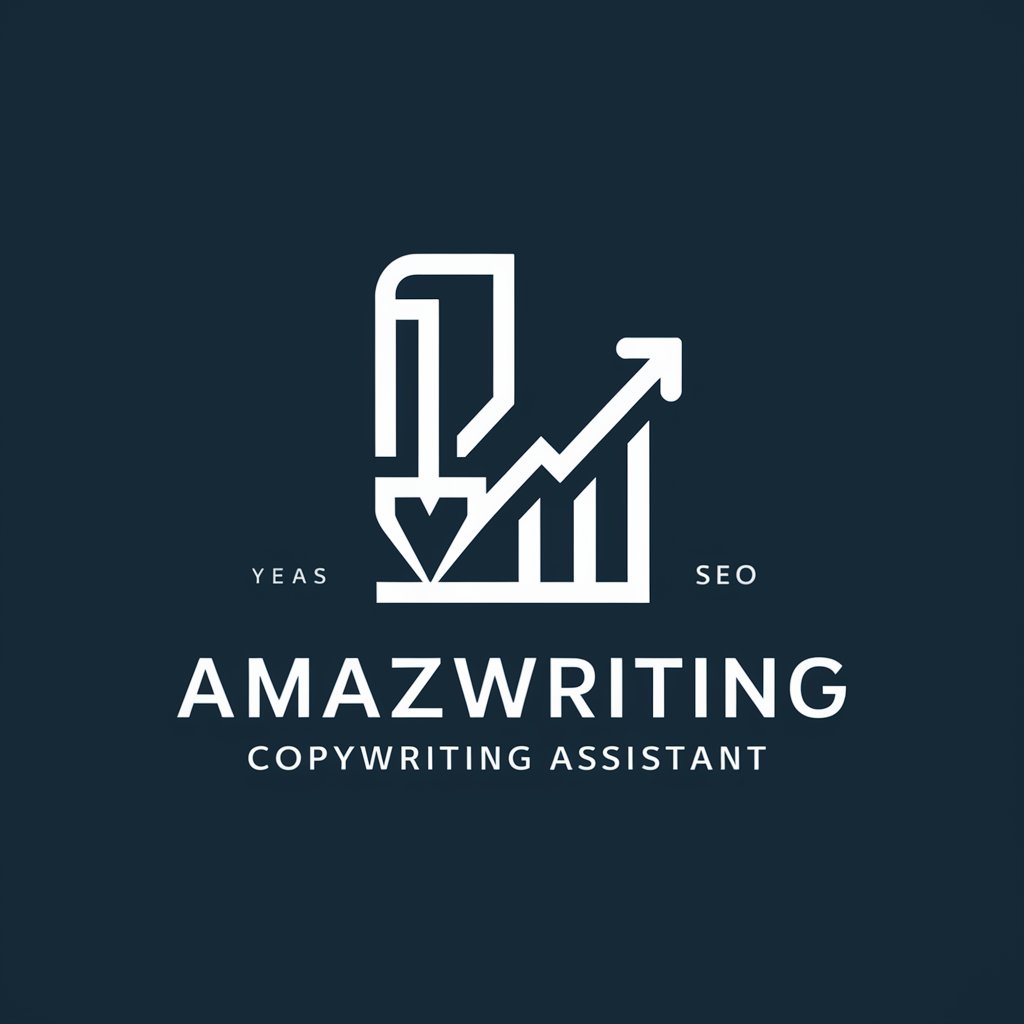
P5js Visual Coder
AI-powered p5.js sketch generator.
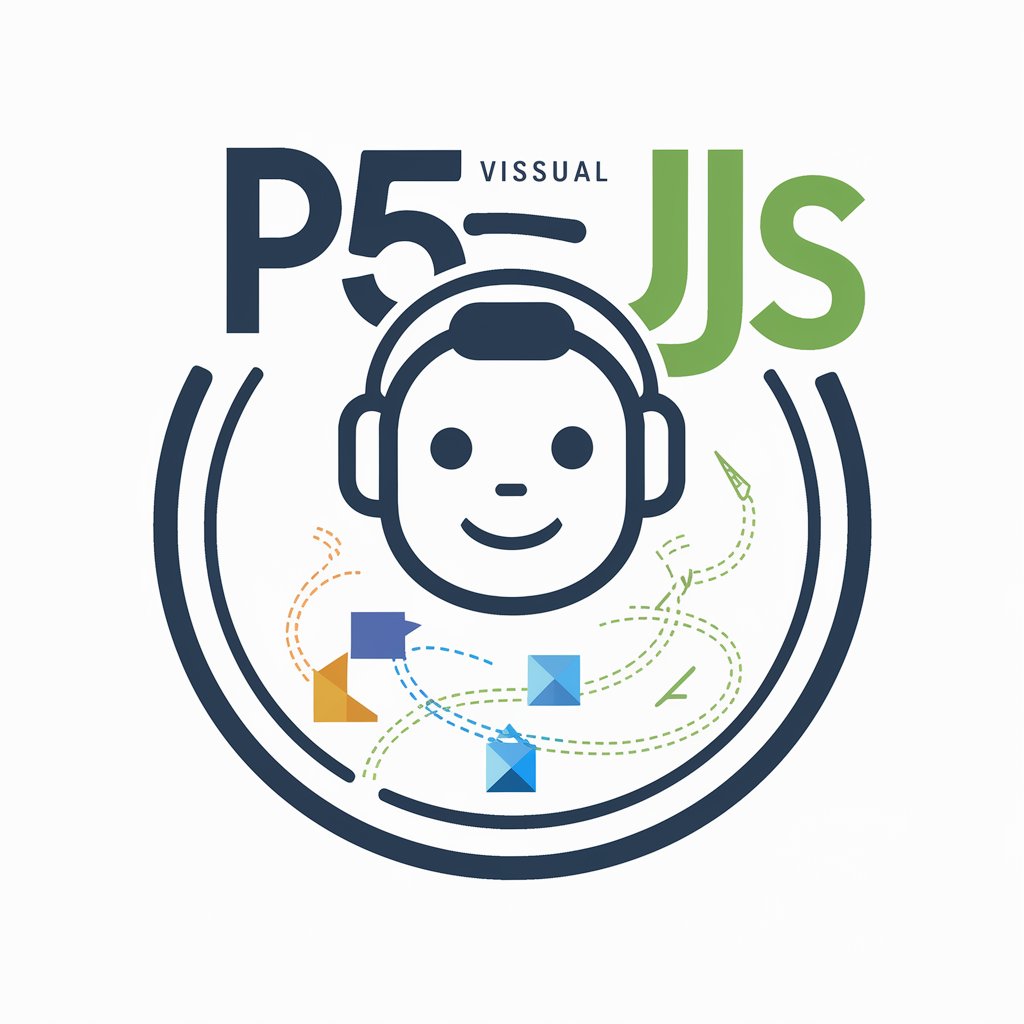
GPT 4 Turbo
AI-powered solutions for smarter work
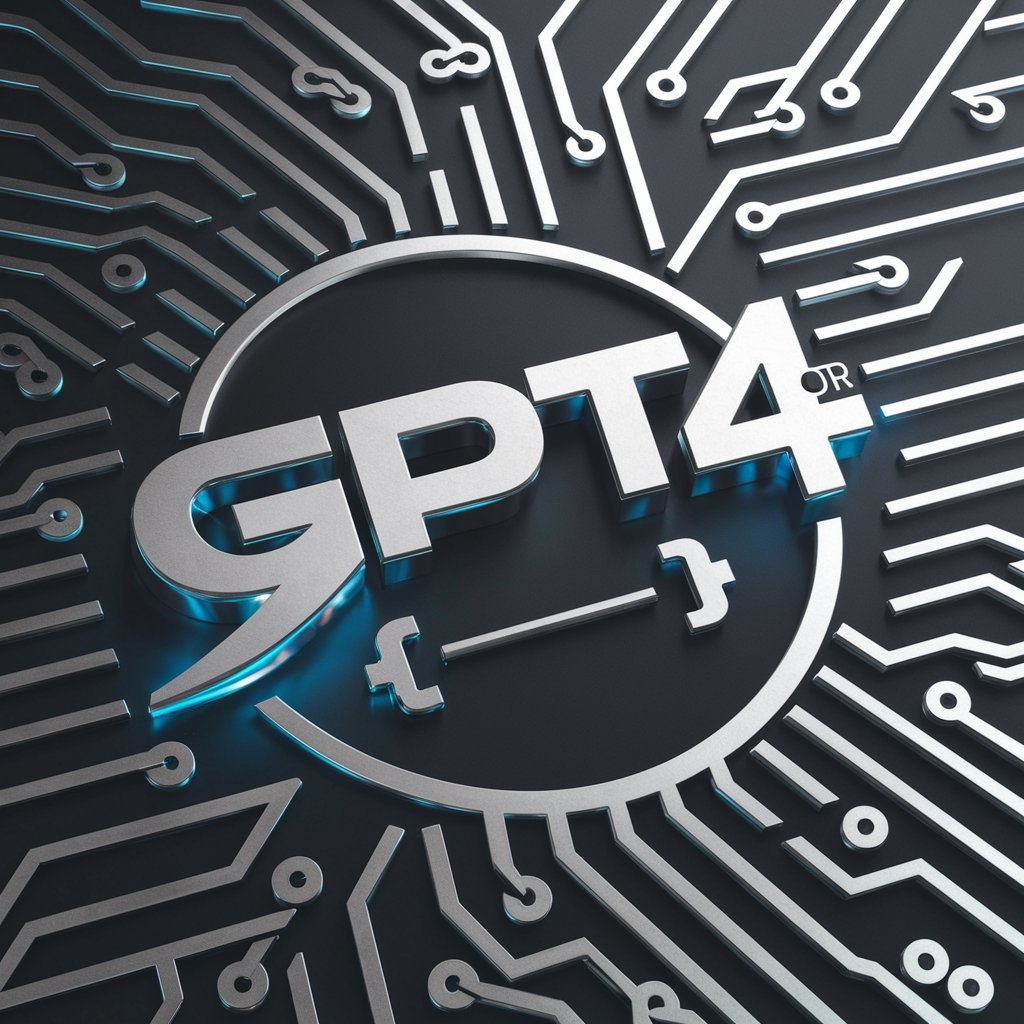
SpellChecker
AI-driven spell and grammar correction.
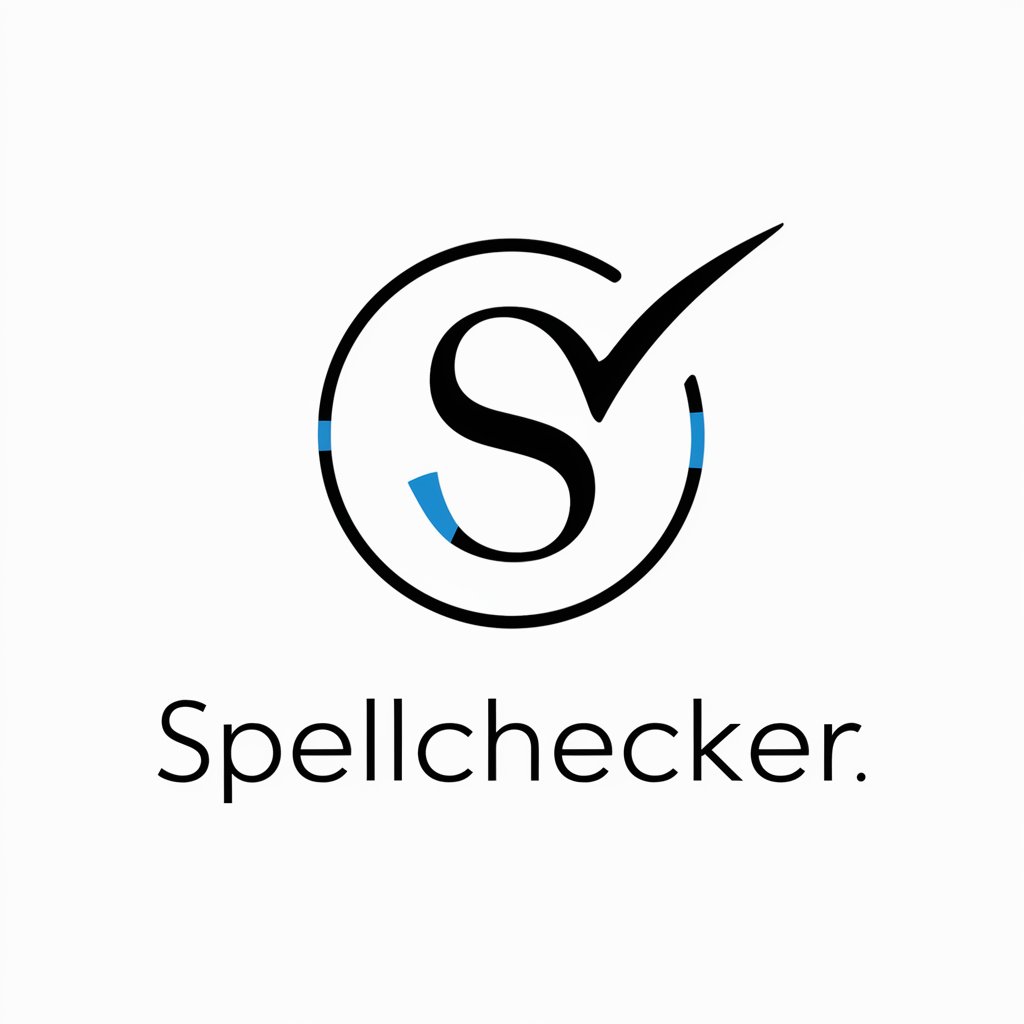
Java Spring Boot
AI-Powered Spring Boot Development Assistant
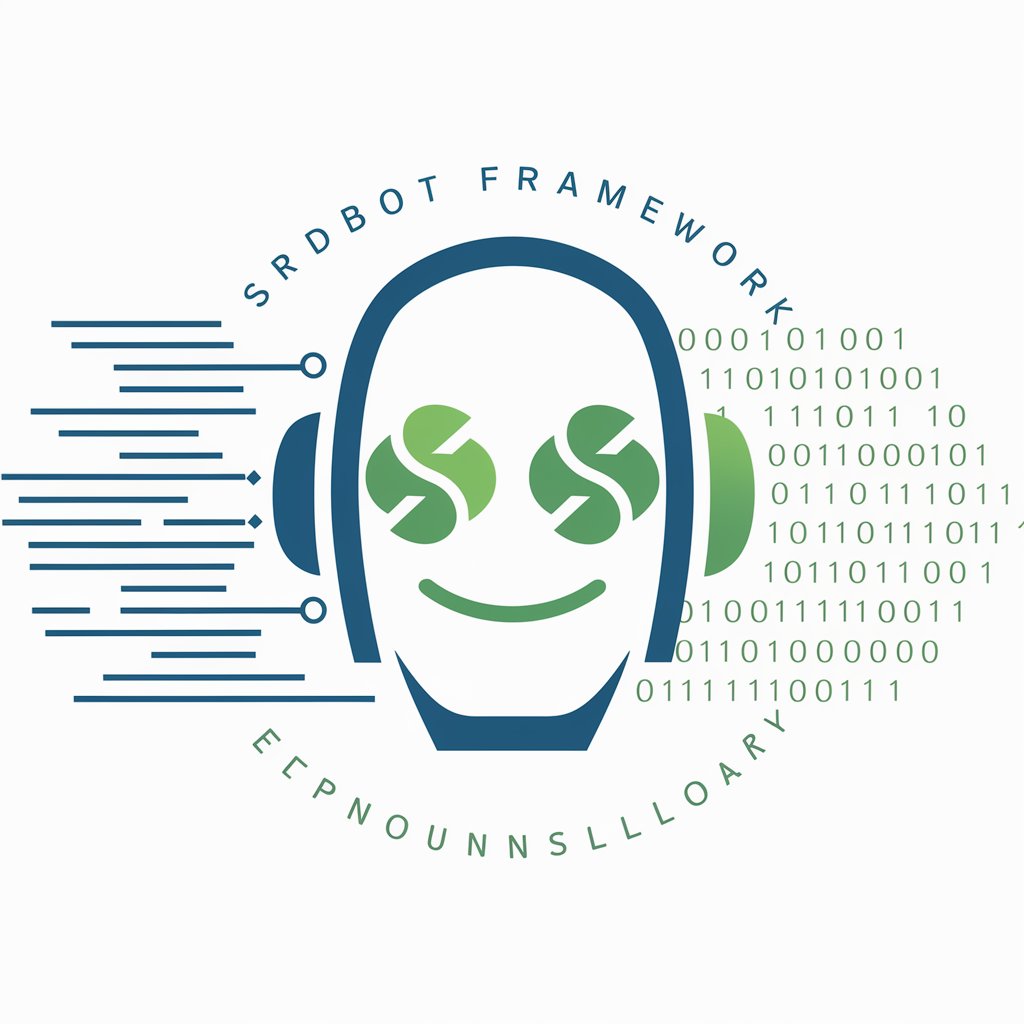
PPT制作
AI-powered slide creation in minutes.
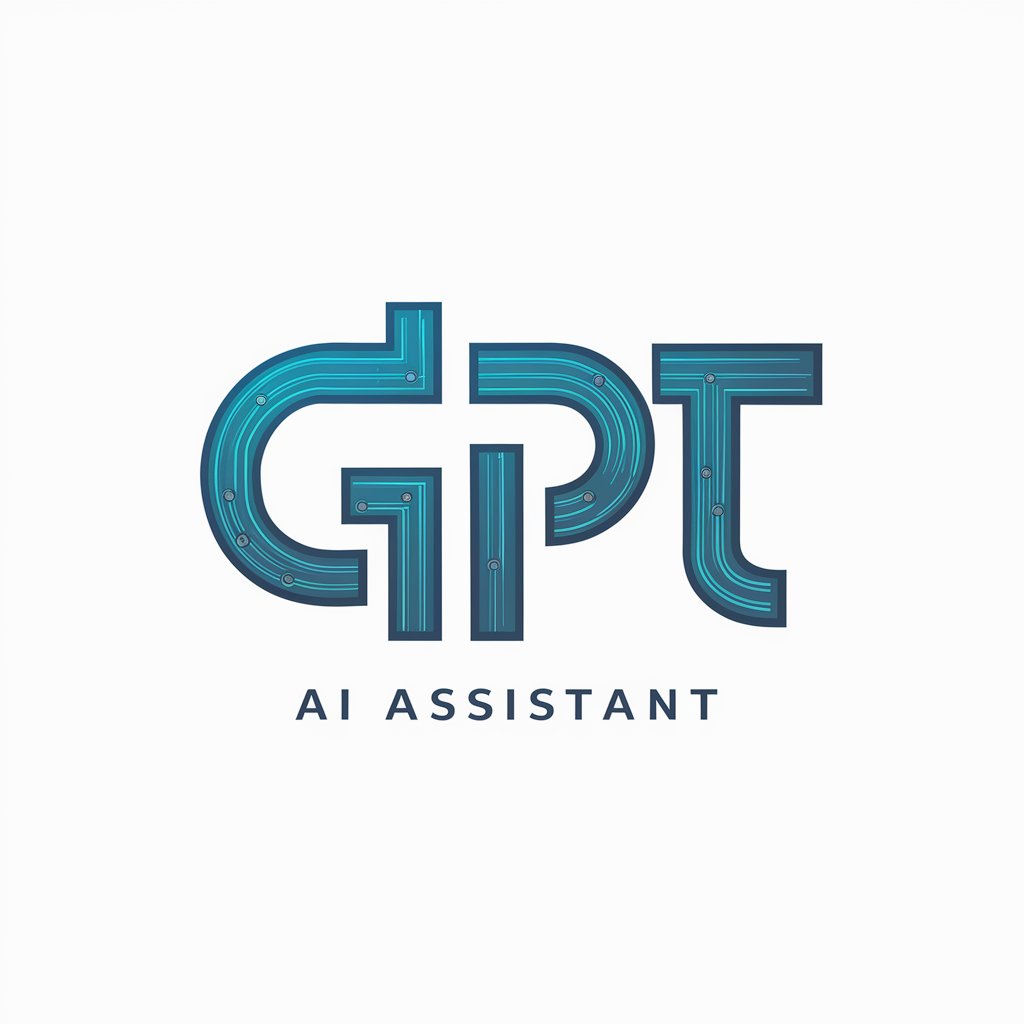
Derecho Civil Español
AI‑powered Spanish civil law drafting & research

Grammar GPT
AI-powered grammar enhancement at your fingertips.
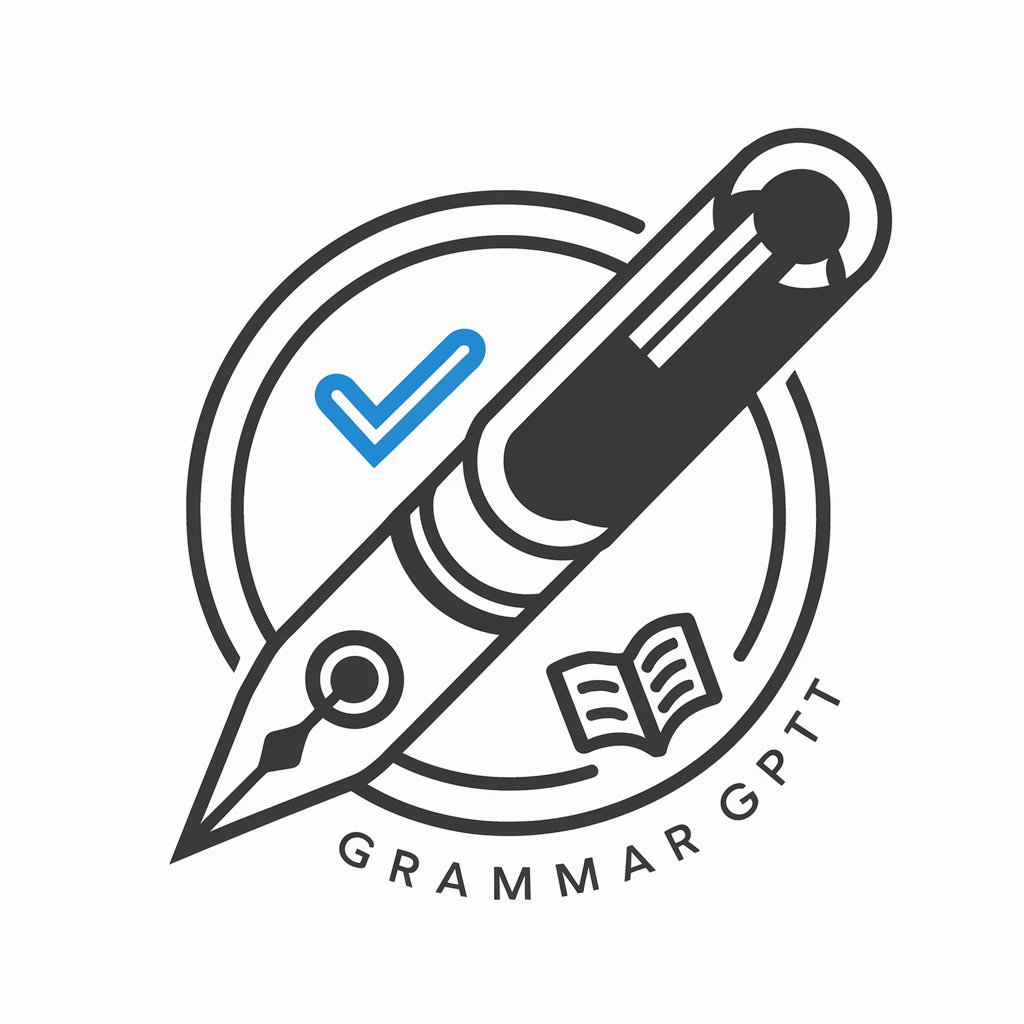
ASIST - FORMULACIÓN Y EVALUACIÓN DE PROYECTOS
AI‑powered project formulation and evaluation

Suno音乐创作大师
Create music effortlessly with AI

Matlab
AI-powered MATLAB assistant for code generation, optimization, and deployment.
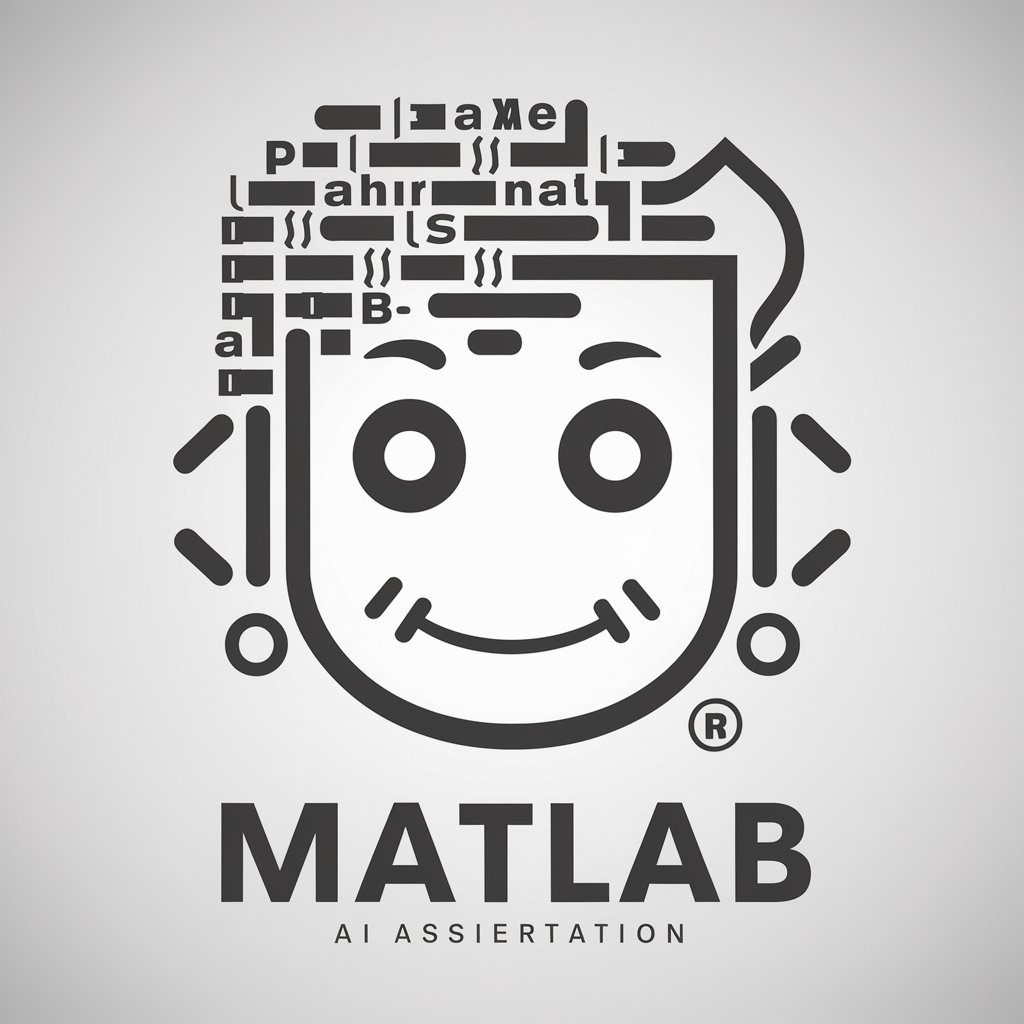
Chinese History 中国历史
AI-powered insights into Chinese history

- Project Planning
- Algorithm Design
- Workflow Optimization
- Decision Making
- Business Process
Frequently Asked Questions about Flowchart | Diagrama de flujo | خريطة تدفق | 流程图
What is a flowchart used for?
A flowchart is used to visualize processes, systems, or workflows in a clear, structured way. It helps individuals and teams understand steps in a sequence, identify potential bottlenecks, and make informed decisions. Common use cases include business process management, algorithm development, and project planning.
Can I create complex flowcharts with this tool?
Yes, the tool allows for the creation of both simple and complex flowcharts. You can add multiple levels, decision points, and various types of shapes to represent different stages of a process. It also supports multi-page diagrams if necessary for very detailed processes.
Are there any templates available for specific industries?
Absolutely. The flowchart tool provides pre-built templates tailored to various industries and use cases, including IT, healthcare, business, and education. These templates serve as a starting point and can be easily customized to fit your specific needs.
Is it possible to collaborate with others on a flowchart?
Yes, the platform supports real-time collaboration, allowing multiple users to work on a single flowchart simultaneously. This is ideal for teams needing to brainstorm or refine processes together. You can also comment and provide feedback directly on the diagram.
How do I export or share a flowchart once completed?
After finishing your flowchart, you can export it in a variety of formats such as PNG, JPG, and PDF. Sharing options include sending the file via email, generating a shareable link, or integrating it into presentations or documents through cloud storage services like Google Drive or Dropbox.

